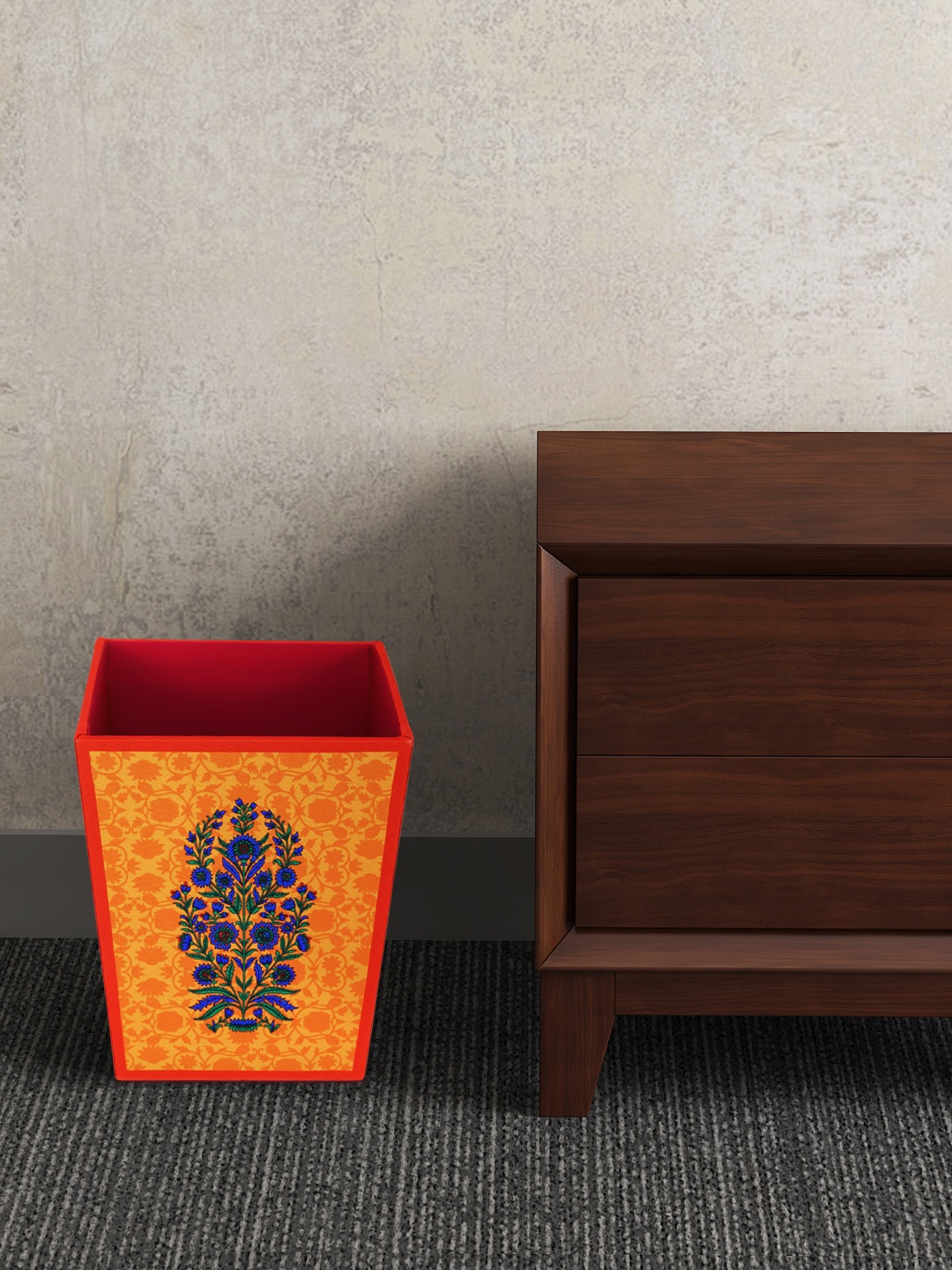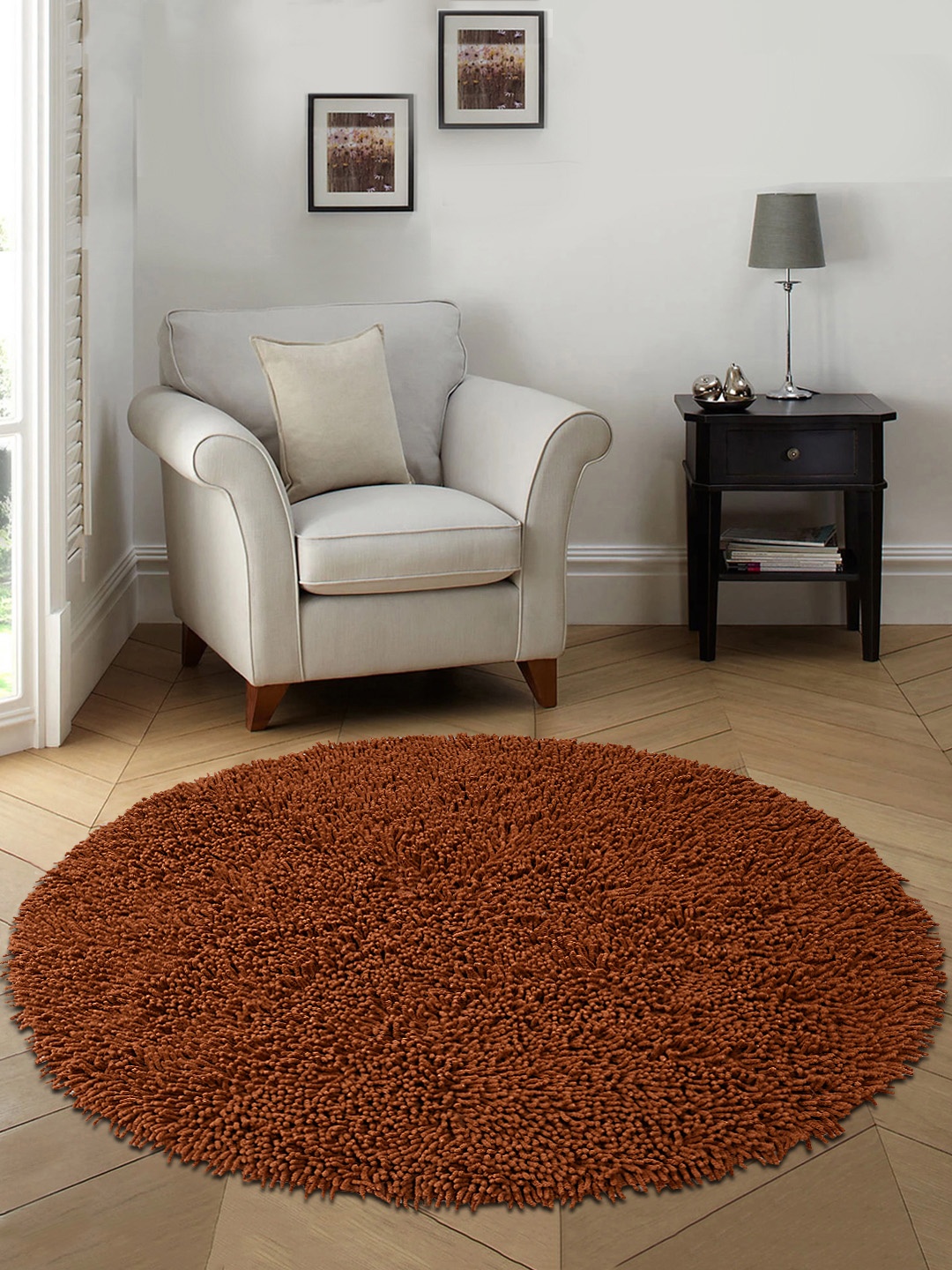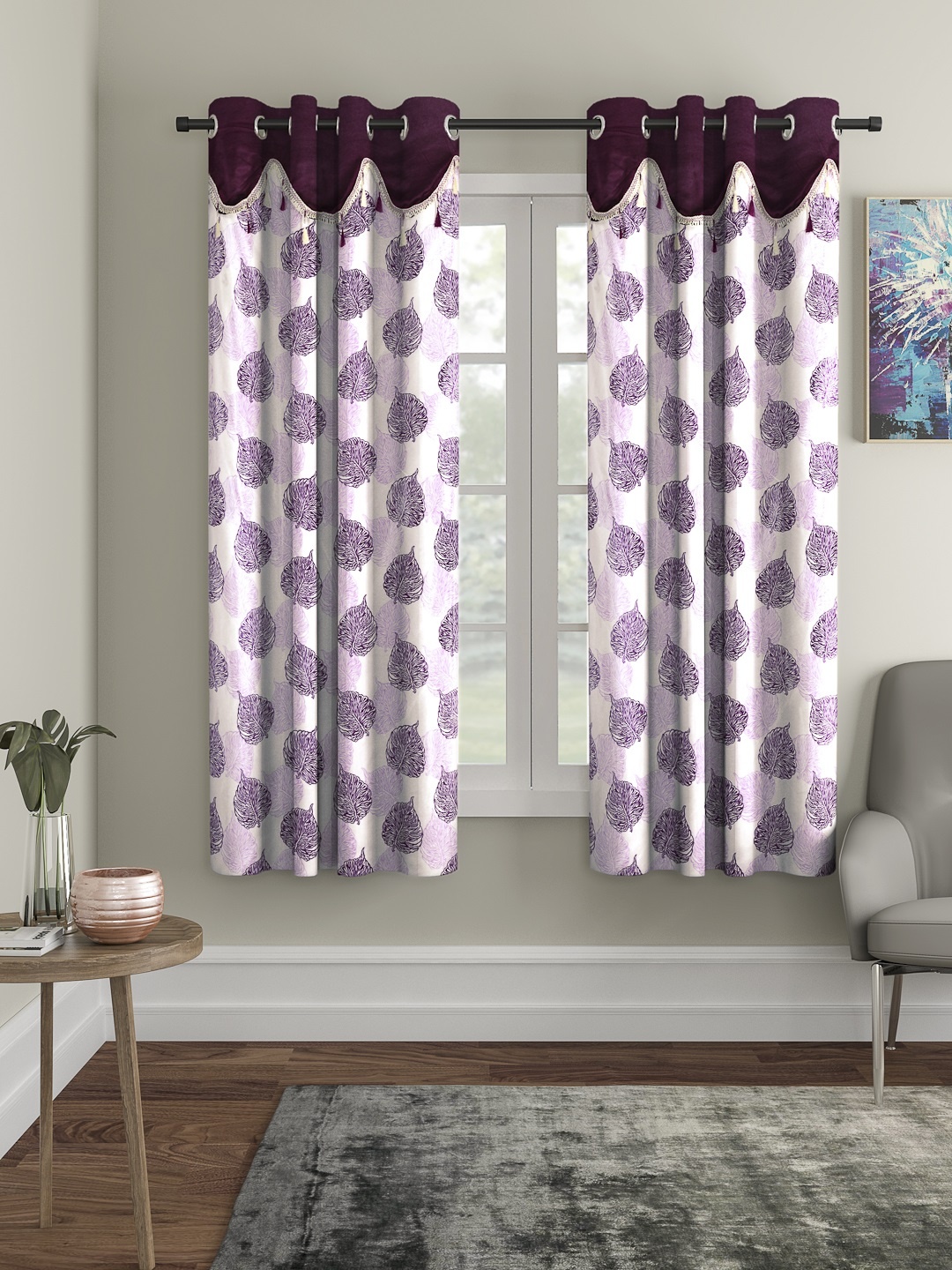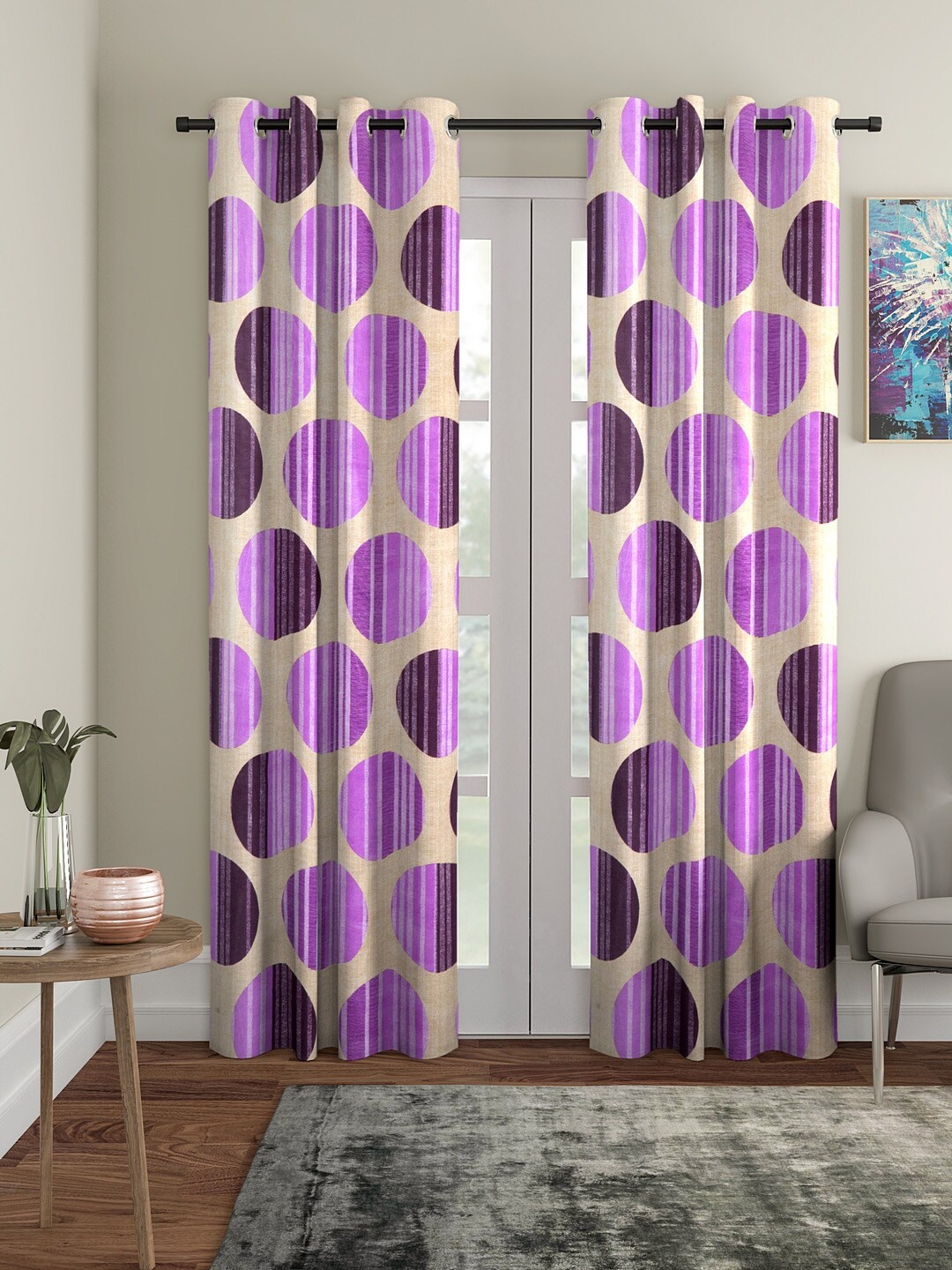How to Layer Rugs for a Cozy Yet Airy Living Room: 10 Expert Tips for Stylish Decor
Transform a regular living room into a warm, stylish haven. This is how to master the art of layering rugs, balancing cosiness with an airy, open feel, without overwhelming your space or your wallet. Explore the art of layering rugs in your home now.

Layering Rugs Made Easy: Simple Styling Secrets For A Warm and Spacious Living Room.
A living room tells stories of lazy Sunday afternoons, festival gatherings, tea-time chats, and quiet movie nights. And while furniture and lighting get most of the attention, rugs quietly hold the space together and elevate the entire setting, adding depth, warmth, and visual intrigue. With a bit of creativity, some mix-and-match experimenting, and the following expert tips, you can craft a living room that feels both cosy and airy, the perfect balance of charm and comfort.

Here's how you can layer rugs in your space the right way
Photo Credit: Pexels
Also Read: Budget Home Makeover: 15 Stunning Carpets Starting from ₹999 for Instant Style
Expert Tips to Perfect the Art of Layering Rugs
1. Start with a Solid Foundation
Layering begins with choosing the right base rug. Think of it as the canvas for your living room art. A neutral-toned base, beige, jute, or a muted grey, sets the stage beautifully. Large rugs made from natural fibres like jute, sisal, or cotton work wonders, especially in warm climates.
A well-chosen foundation rug creates harmony and helps define the area. If your floors are tiled or marble, a thick, woven jute base rug instantly adds warmth and texture. It keeps the space grounded while allowing your accent rug to pop. Avoid dark, heavy bases if you're chasing that airy feel; lighter tones open up the room visually.
A practical tip: always ensure your base rug extends beyond your furniture. It helps unify the seating area, giving the room a cohesive look. Whether your budget is ₹2,000 or ₹20,000, start with quality over quantity, a good base rug will serve as your décor anchor for years.
2. Add A Pop With The Top Layer
Now comes the fun part, the accent rug. This is where personality shines through. Choose something that complements the base but adds contrast in texture or pattern. For instance, a soft woollen rug over a coarse jute base creates instant tactile charm. Or pair a vintage Persian design with a solid underlay for a timeless look.
Patterns and colours are your allies here. If your furniture is understated, let the rug steal the spotlight with bold motifs or ethnic patterns. Conversely, if the room is already busy, opt for subtle prints. The key is balance, not competition.
Try positioning the top rug slightly off-centre or diagonally for a casual, lived-in vibe. Small handwoven dhurries or kilims work perfectly as accent rugs, stylish yet practical. And if you have pets or young children, washable options can save you plenty of post-snack-time stress.
3. Play With Textures For Depth
Texture adds soul to a space. Imagine sinking your feet into a soft, plush rug after a long day, comforting, right? Layering different materials like wool, jute, cotton, and silk creates visual depth that feels both luxurious and inviting.
A smooth cotton base paired with a chunky knit rug can soften sleek, modern interiors. On the other hand, mixing natural fibres with patterned weaves suits bohemian or earthy aesthetics. Don't shy away from experimenting, a tactile mix often brings out the character of a room.
For humid climates, breathable materials like cotton or hemp prevent the room from feeling stuffy. And if you're layering over tiles, rug pads underneath prevent slipping and protect the flooring. The trick is to let the textures complement rather than crowd each other, think harmony, not chaos.

Play with different textures and patterns to add depth
Photo Credit: Pexels
4. Coordinate Colours Without Overpowering
Colour can make or break the layering game. It sets the mood and ties the entire décor together. Start by identifying your living room's colour story, whether it's calming neutrals, warm terracottas, or cool blues. Your rug choices should echo or gently contrast this palette.
A cream jute base topped with a coral or teal accent rug creates a lively yet relaxed vibe. If you prefer sophistication, go monochrome, shades of grey layered in different tones look effortlessly chic. The aim is to enhance the décor without overwhelming it.
Lighting plays a role too. Natural light brings out the vibrancy of earthy shades, while softer tones glow beautifully under warm lamps. For homes that see a lot of sunlight, fade-resistant materials are worth the extra ₹500–₹1,000 investment.
5. Mind the Size and Placement
The biggest mistake people make? Rugs that are too small. When layering, proportions matter. The base rug should frame your seating area, while the top rug highlights the central space. Ideally, the front legs of your sofa should rest on the base rug, with the smaller rug nestled neatly within.
Avoid awkward gaps, they make the room look disjointed. For open layouts, rugs can also define separate zones, reading corners, coffee nooks, or conversation clusters. A layered setup subtly divides the space without the need for bulky partitions.
If your room is compact, try rectangular layers to elongate the space. In larger rooms, experiment with round or oval rugs for softness. Remember, layering isn't about perfection, it's about creating flow and comfort that feels natural.
6. Mix Patterns with Intention
Pattern mixing is an art, daring yet delicate. Start by pairing one bold design with a quieter companion. For example, a floral rug can beautifully complement a geometric base if their colour families align.
When mixing patterns, scale is key. Combine large motifs with smaller prints to create balance. Stick to a common thread, either through colour or style, to avoid visual clutter. A rule of thumb: two patterns feel bold, three look chaotic unless done by a pro.
For a relaxed, everyday living space, try ethnic-inspired prints with modern solids. This blend feels familiar yet fresh, bringing warmth without shouting for attention. And remember, rugs tell stories; let yours reflect your home's spirit rather than just follow trends.

Always layer your rugs with an intention in mind; Photo Credit: Pexels
7. Balance Warmth and Airiness
The goal of layering rugs is to achieve that elusive blend, cosy yet breezy. While thick layers bring warmth, too many can feel heavy. Keep it simple: two well-chosen rugs usually suffice. Choose breathable materials, especially if your living room catches plenty of sunlight.
Light colours, natural weaves, and strategic spacing help maintain an airy atmosphere. Rugs shouldn't suffocate the room but rather embrace it gently. You could even leave bits of flooring visible to create a sense of openness.
If your space feels cramped, try a neutral foundation with subtle texture and a smaller, patterned rug at the centre. Add airy curtains and light-toned cushions to complete the balance. Comfort doesn't always come from clutter; sometimes, simplicity feels the most inviting.
8. Layer Rugs Seasonally
Just as wardrobes change with the weather, your rugs can too. In cooler months, add plush wool or shag rugs for extra warmth. During summer, switch to lighter cotton or jute options. This not only refreshes your décor but also extends the life of your rugs.
A seasonal rotation keeps the space feeling new without large expenses. For instance, during winter, layer a deep-toned rug over a neutral base to create a cocoon-like feel. Come summer, replace it with airy pastels or woven dhurries.
Storage matters, roll rugs instead of folding them to prevent creases. A simple sachet of dried lavender keeps stored rugs smelling fresh and discourages pests. This practical rhythm of switching décor with the seasons adds a dynamic charm to your home.
9. Pair Rugs with Complementary Accessories
Layering rugs isn't a solo act. It works best when harmonised with the rest of your décor. Think of cushions, throws, curtains, and wall art as supporting characters that enhance the main stage.
If your layered rugs feature bold prints, balance them with solid-coloured cushions. Conversely, if the rugs are subtle, play with patterns elsewhere. For instance, a jute and wool combo pairs beautifully with linen drapes and wooden furniture.
A golden rule, repeat at least one colour from your rug in another décor element. It subtly ties everything together. Even something as small as a matching lampshade or planter can make the room look thoughtfully styled. Décor, after all, is about harmony, not competition.

Use the right accessories to make the decor look complete and organised; Photo Credit: Pexels
10. Invest Wisely and Maintain with Care
Good rugs are like art, they age gracefully with care. When layering, invest in quality materials that can handle foot traffic. Handwoven options may cost a bit more (around ₹4,000–₹10,000), but they last longer and age beautifully.
Maintenance is straightforward: regular vacuuming, spot cleaning, and rotating the rugs every few months. For natural fibre bases, gentle brushing keeps dust away. A professional clean once a year works wonders for longevity.
If you have kids or pets, consider washable top layers, they're lifesavers. Small spills? A quick dab with a mix of white vinegar and water often does the trick. Treat rugs as living art, walk on them, play on them, but also cherish them.
Products Related To This Article
1. Signature Blue Ethnic Motifs No Shredding Polyester Carpet
2. Saral Home Unisex Grey Solid Anti-Skid Floor Runner
3. Peepul Tree Ethnic Motifs Cotton Carpet
4. Story@home Mustard-Yellow & Blue Printed Anti-Skid Rectangular Floor Carpet
5. HANDICRAFT PALACE Beige Embroidered Khambadiya Patchwork Table Runner
6. Welspun Brown Ethnic Motifs Printed Anti-Skid Carpet
7. Myntra Elegant Homes Red & Green Printed Bed Side Runner
Layering rugs is more than just a décor hack; it's a way of expressing personality and warmth. Done thoughtfully, it can turn a plain living room into a layered story of textures, colours, and comfort. It's about finding that delicate balance, where your feet feel cushioned, the room feels open, and the mood feels just right.
So next time you walk into your living room, look down. Maybe all it needs is not a new sofa or fancy light, but a clever layering of rugs that make the space feel truly yours.
Disclaimer: The images used in this article are for illustration purpose only. They may not be an exact representation of the products, categories and brands listed in this article.















![Steam Iron Teflon Shoe Cover for ES-300,ST-96 [Only For ES-300 and ST-96 Model Electric Steam Irons]](https://m.media-amazon.com/images/I/51wwkttondL._SL160_.jpg)








